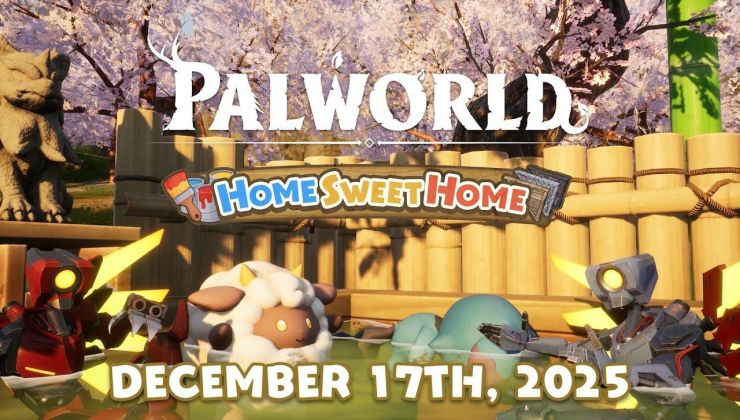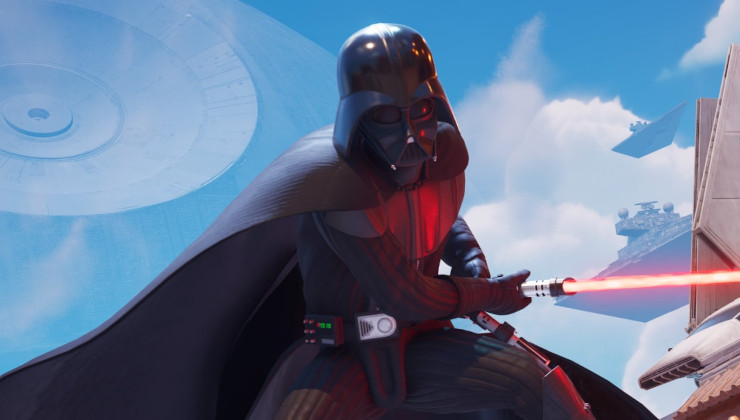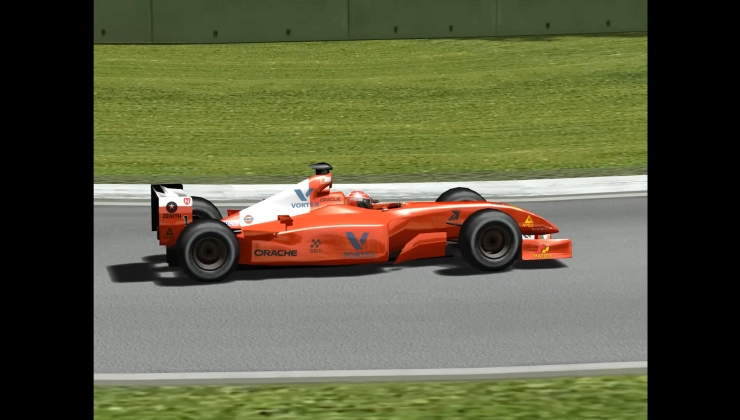Return to Part 1: Dumpster Diving
Continued from Part 6: A Lone Marine Battled
When I was growing up, one of my first exposures to Linux was my father’s stack of old Linux Journal magazines. Printed in several of these was one of many advertisements by the Linux server company Penguin Computing, this one depicting Linux mascot Tux brandishing a rocket launcher in the iconic Q3DM7 map included in the demo version of Quake III Arena. This image became so emblematic of Linux as a gaming platform that it still gets widely circulated to this day.
When I switched to using Linux full time in the spring of 2007 one of my first accomplishments was getting that same demo to install. I remember being frustrated at not having it work on first launch, until I discovered I had to copy my system's libGL.so.1 file to the install directory, one last caveat brought on by the need to support both 3dfx as well as more generic OpenGL accelerator hardware. From that moment on, my Linux box became a gaming machine.
It was not until later that I would discover the full effect Quake III Arena had on the Linux ecosystem by downloading and playing the numerous derivative games created from the 2005 source code release available in almost all Linux software repositories. Even with all of those other options it was the original game I always found myself coming back to, with my main listed frag count now exceeding 21,000 frags as of the time of this writing.
The bedrock of almost all the LAN parties played in my household, Quake III Arena also became a trusty reliable for when I felt the urge for a casual bot match, with my favourite maps being Q3DM7, Q3DM9, Q3DM13, Q3DM14, and Q3DM17 in order of first appearance. Whenever I felt the need for a fresh Linux installation, which was often before I settled on Arch Linux in 2013, Quake III Arena always became the first game I would reinstall.
This had as much to do with the game's technical achievements as my fondness for the gunplay. Throughout all of the upheavals I went through in following the developing free graphics stack, Quake III Arena became just as important to me as glxgears in demonstrating that 3D acceleration was in fact working, with the game engine's OpenGL implementation still being one of the slickest and most performant ever produced.
This held true for Dianoga as much as any other Linux system I have used. Linux actually outperforms Windows 98 when the timedemo is ran using Normal quality settings, scoring 36 FPS to 32 FPS on Windows 98. On the Fastest setting Linux manages 41 FPS to 35 FPS, but Linux does fall behind Windows when set to High Quality, with it getting 18 FPS to 23 FPS. In general Windows performs better at 32 bit colour depth, while Linux takes the lead at 16 bit colours.
Unlike the original Linux ports of Quake and Quake II with all their idiosyncrasies, the retail Linux release of Quake III Arena really does hold up when compared to the Windows version, and even stands tall against a lot of modern source ports. This largely has to do with the adoption of the Simple DirectMedia Layer as opposed to using SVGALib or straight X11, alongside conveniences such as the inclusion of the Loki Setup installer on the CD-ROM.
It was also the first and to date last retail Linux game that id Software would officially support themselves, with them taking over from Loki Software after the latter's closure in 2002 by hiring Timothée Besset to provide technical support; he would go on to port Return to Castle Wolfenstein, Wolfenstein: Enemy Territory, Doom 3, Quake 4, and Enemy Territory: Quake Wars to Linux in an unofficial capacity similar to Quake and Quake II.
Indeed, in order to keep the timedemo data consistent across platforms, I found that I had to patch Quake III Arena on both Windows and Linux to the final 1.32c release. This was a straightforward process using the linuxq3apoint-1.32.x86.run installer provided by Besset, which can also add support for the Team Arena expansion pack on Linux. From there I just had to override a few of the game binaries with those provided in the quake3-1.32c-linux.zip archive.
Having now gone through all three of the Quake games which would be reasonable to run on the hardware, the question became what I should choose to play next. After exhausting the bulk of id Software's output, I still had a number of games from a variety of developers to choose from. The only thing I knew for certain was, no matter what the next game would prove to be, it was not going to be yet another first person shooter.
Carrying on in Part 8: Shovelware with a Penguin
Return to Part 1: Dumpster Diving







 How to setup OpenMW for modern Morrowind on Linux / SteamOS and Steam Deck
How to setup OpenMW for modern Morrowind on Linux / SteamOS and Steam Deck How to install Hollow Knight: Silksong mods on Linux, SteamOS and Steam Deck
How to install Hollow Knight: Silksong mods on Linux, SteamOS and Steam Deck